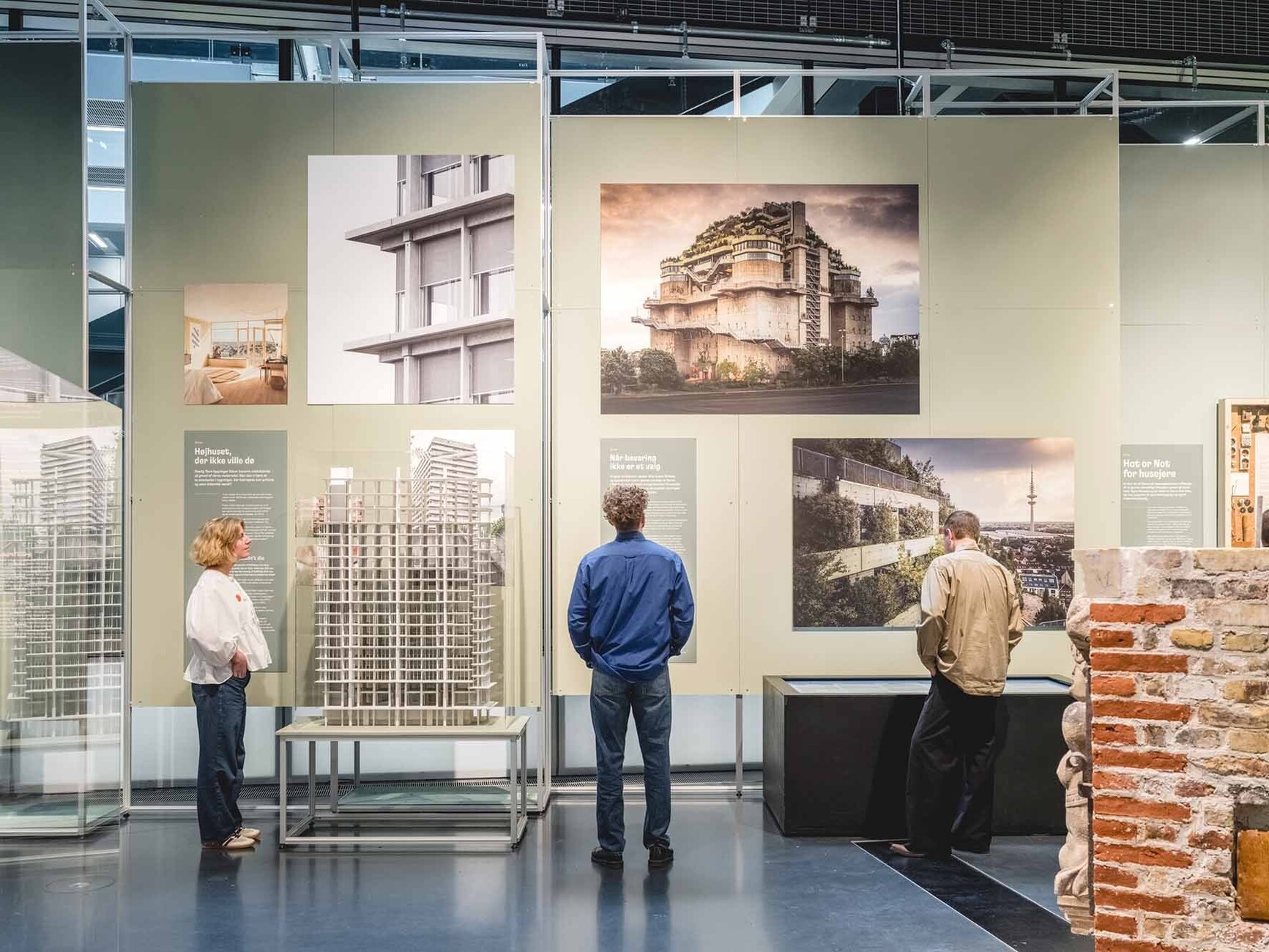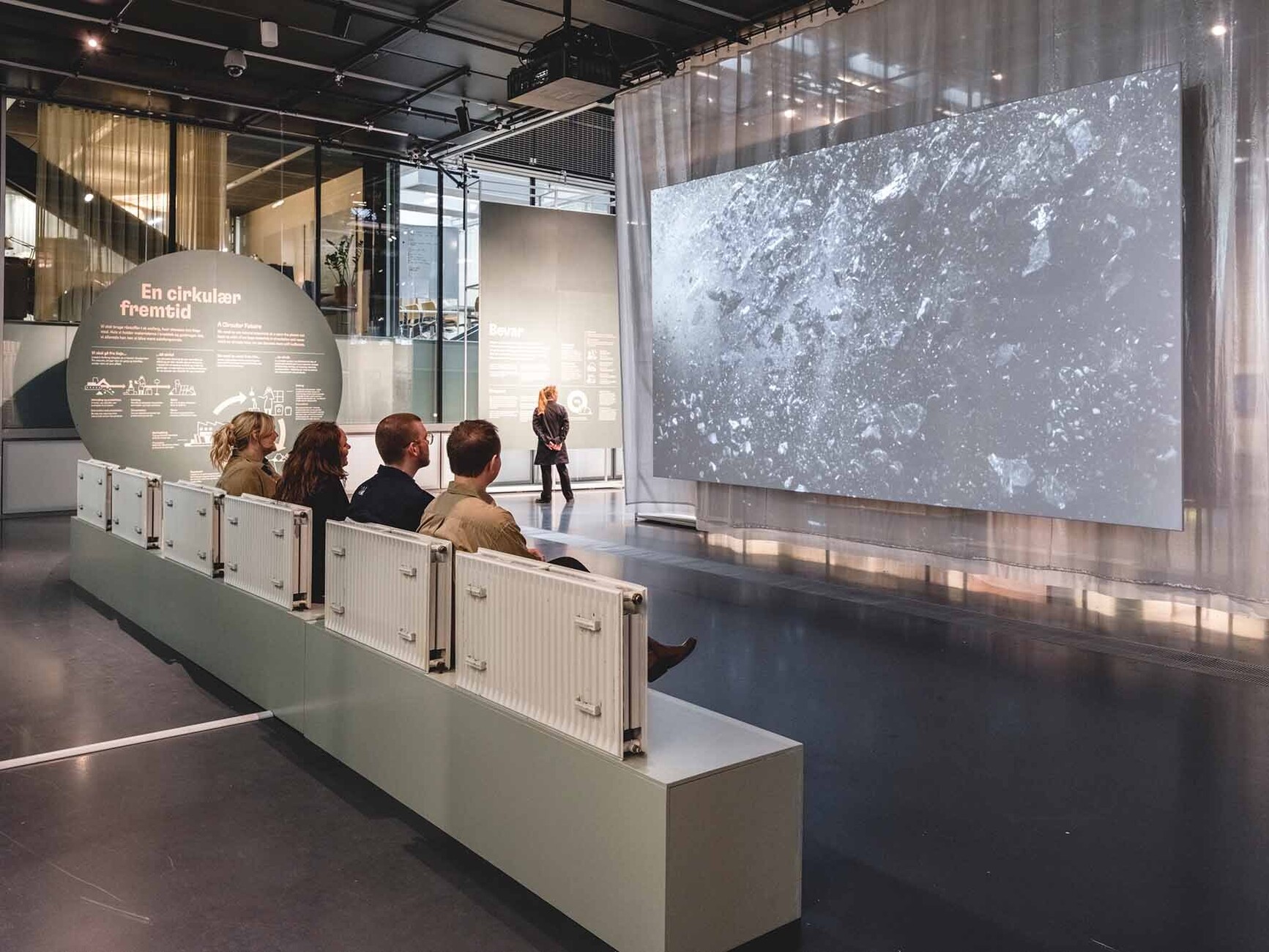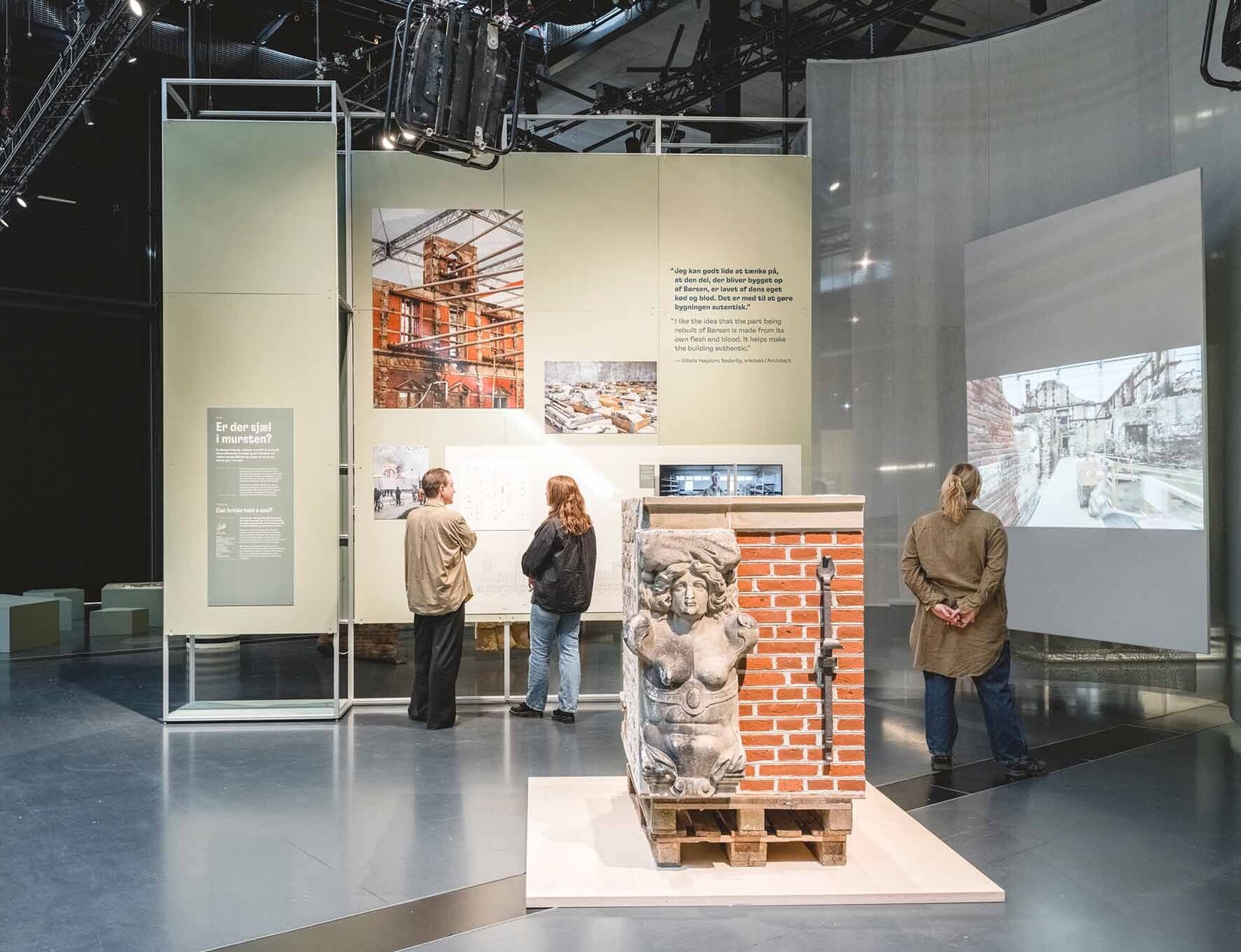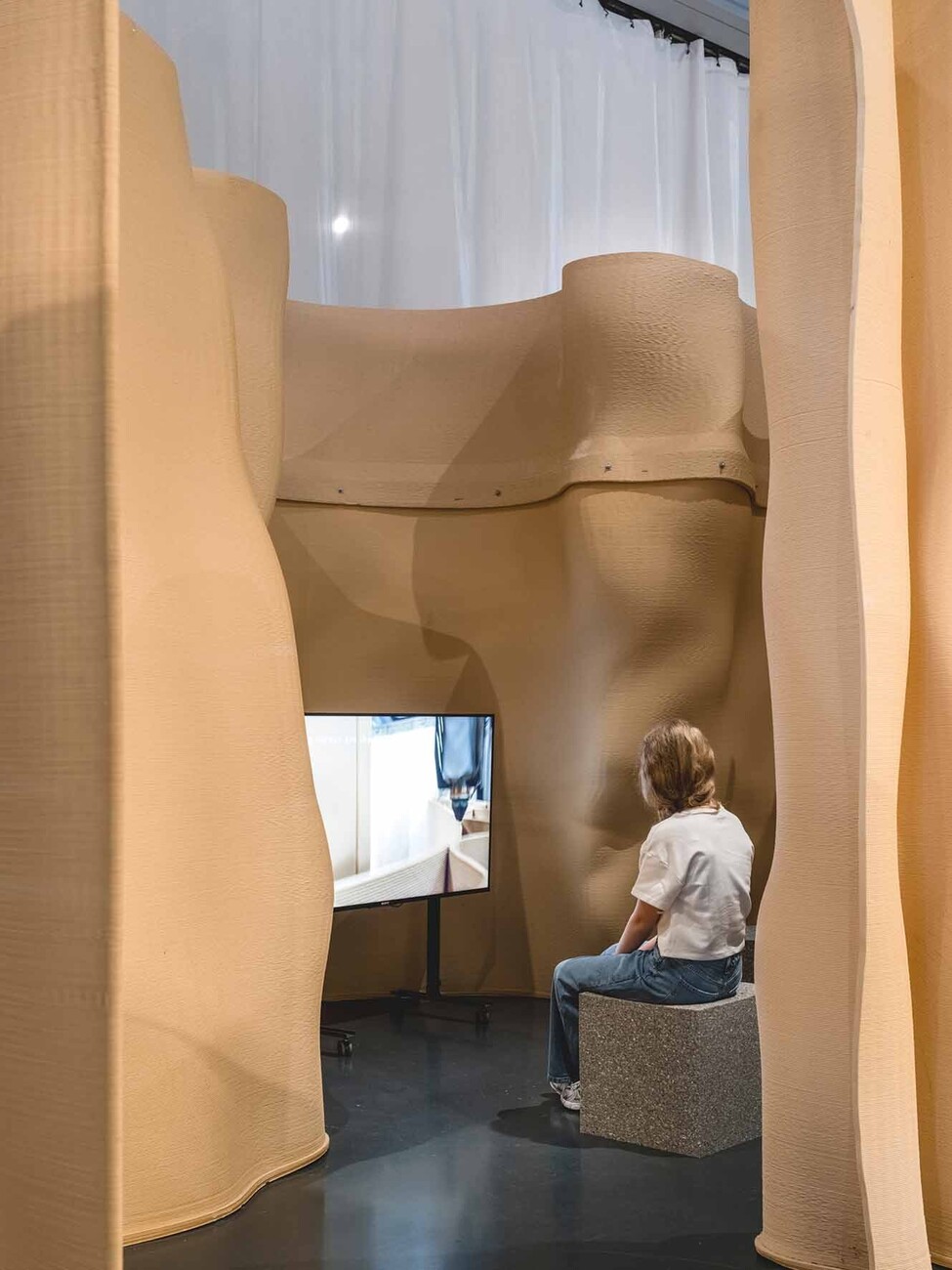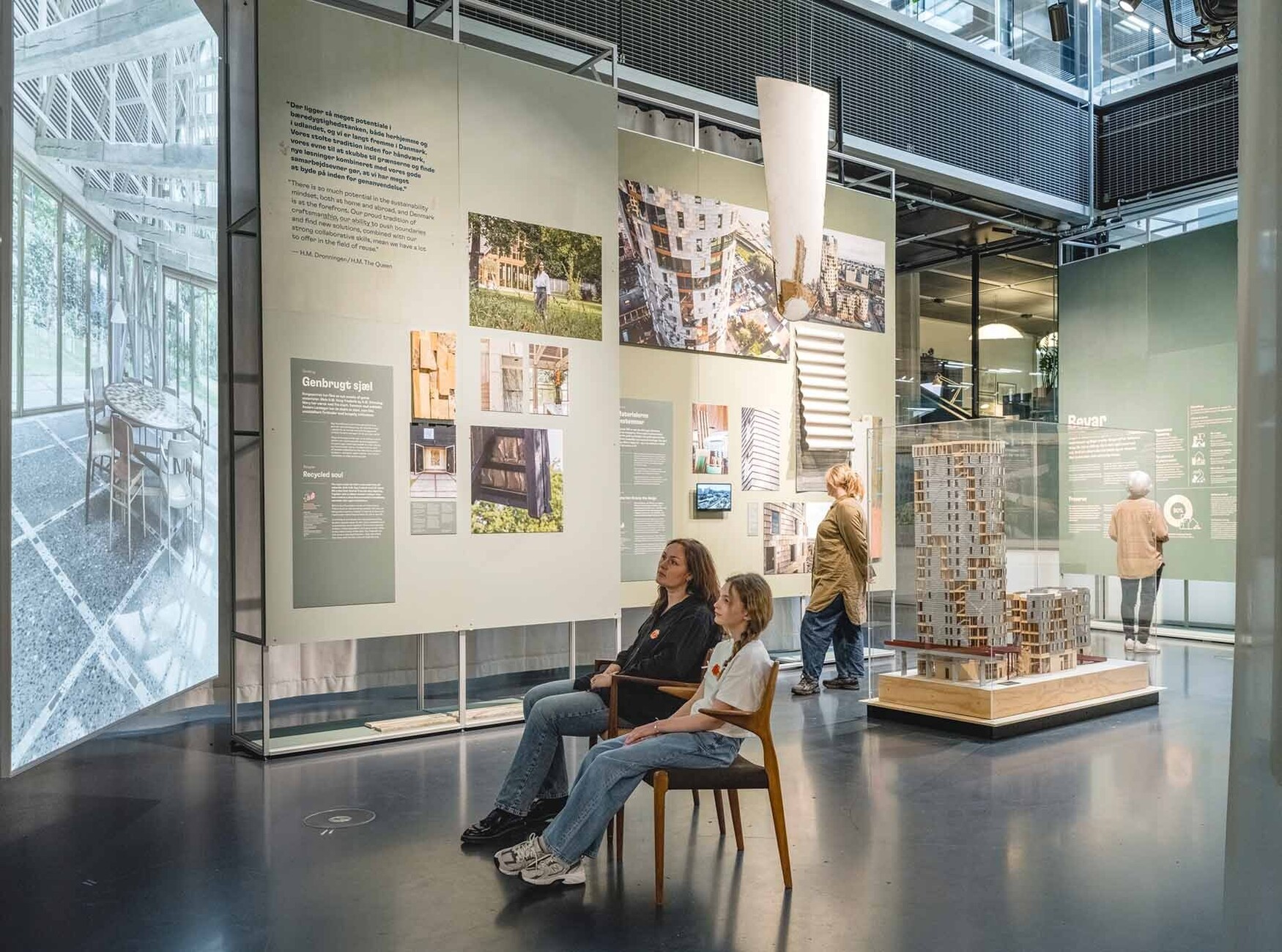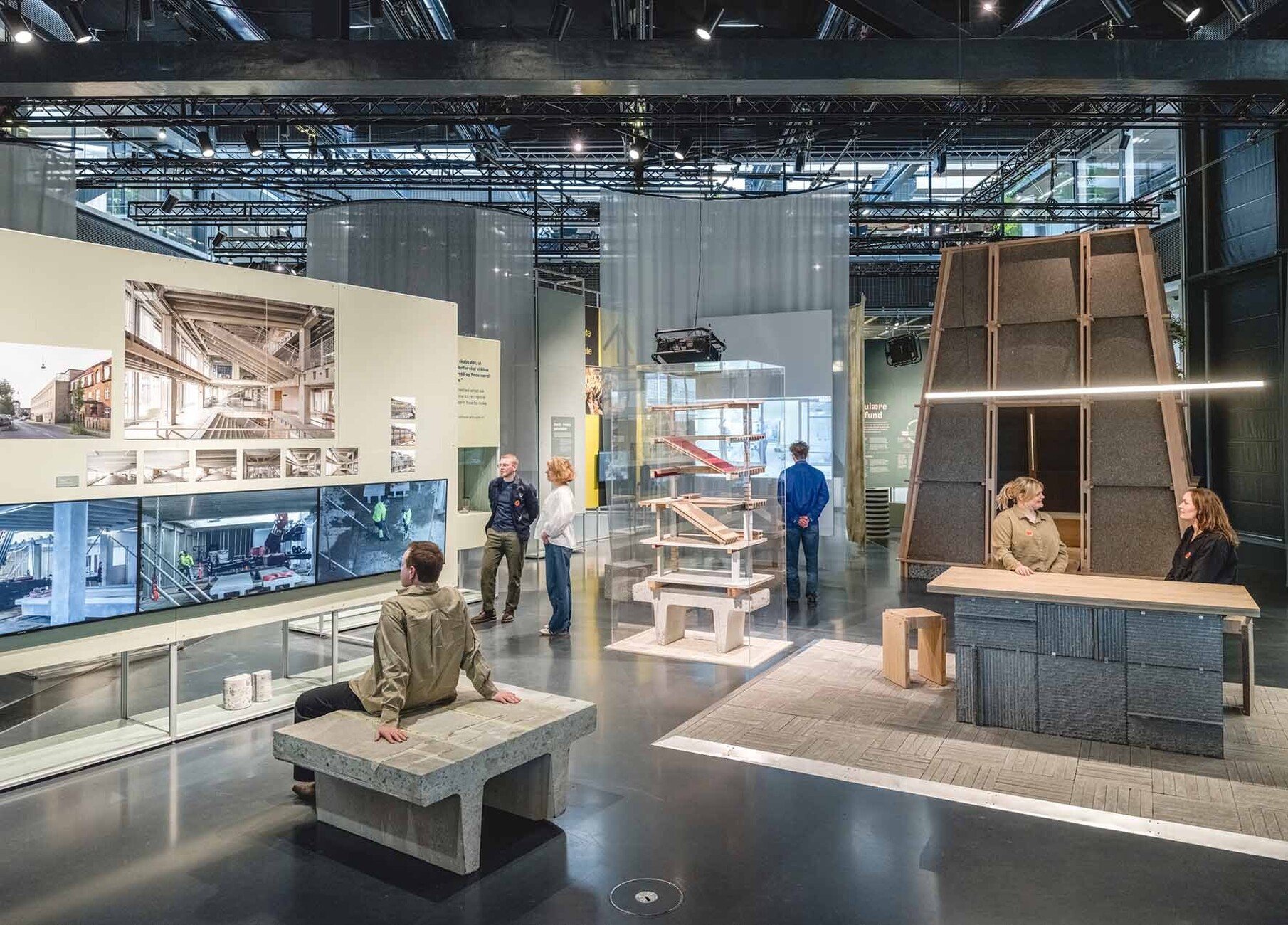Sustainability
The value of things
Using what we have more efficiently and responsibly is the task currently being tackled by the DAC in Copenhagen, covering everything from design to everyday habits. Our categorisations of aesthetics are also considered in this context. "We need to question the idea that new is always better. The construction sector is one of the world's largest consumers of raw materials and also one of the biggest producers of waste. It's about caring for what we've already created, rediscovering the value of things we normally throw away, and reusing them over and over again. It's not about making sacrifices, but about designing in new ways, developing a new appreciation for things and perhaps even favouring things that one would otherwise have overlooked or rejected,‘ says Victoria Diemer Bennetzen, senior curator of the ’Recycle!" exhibition.
This is clearly illustrated by the ‘DESIRE’ projects, which are part of the EU's New European Bauhaus initiative and showcase the redesign of residential areas in which citizens were involved, giving them a stronger connection to the development of their urban environment. Also part of the exhibition is a section of the façade of the historic Copenhagen Stock Exchange, which was largely destroyed in a fire last year. The building is currently being rebuilt using traditional craft techniques. In addition, the TRAE building in Aarhus is not only the tallest wooden building in Denmark, but also features a façade made from recycled wind turbine blades, corrugated iron and letterboxes. Rust and stains become aesthetic features, and the building itself produces only a quarter of the CO2 emissions that a concrete high-rise would generate. On the subject of transformation, the former anti-aircraft bunker on Feldstraße in Hamburg, which has been given a five-storey extension including a green roof, and the ‘Thoravej 29’ office complex for creative and social initiatives, for which an industrial site with former factory buildings has been converted, are among the projects presented. The projects provide an insight into the wide range of topics covered. They also underline how important it is to focus on a common goal in this context.
Visitors can directly experience the endeavour to give places and objects a new lease of life in experimental installations, such as walking through a 3D-printed pavilion made from recycled waste materials. A kitchen cupboard made from construction waste and a sculpture made from office furniture and technical components are also on display. Incidentally, the DAC also shows what sustainable exhibition design can look like: numerous elements from previous shows have been reused and loans extended. The structure is based on a modular aluminium system that supports wall panels, screens, models and images and will be reused in future exhibitions. As part of the DAC's ‘Green Attraction’ certification, the exhibition has also been registered down to the last detail so that the whereabouts of all components can be traced at any time for reuse. (am)
Recycle!
Danish Architecture Centre (DAC)
Until 10 September 2025
Bryghuspladsen 10
1473 Copenhagen
